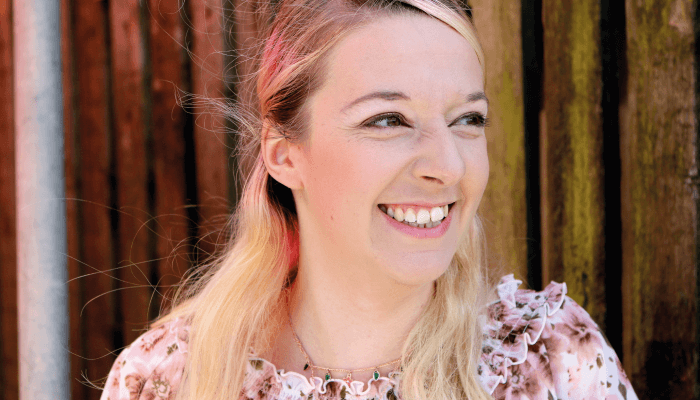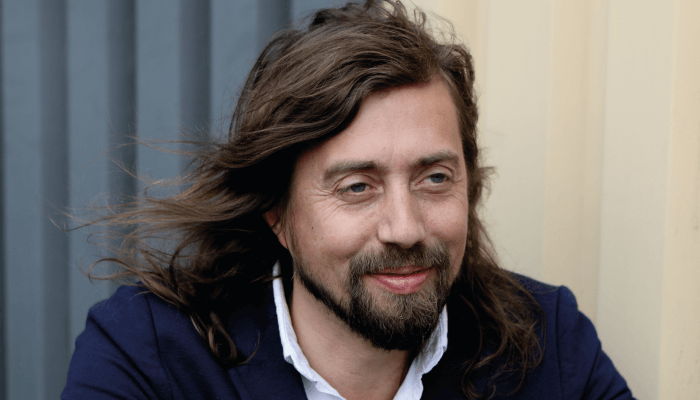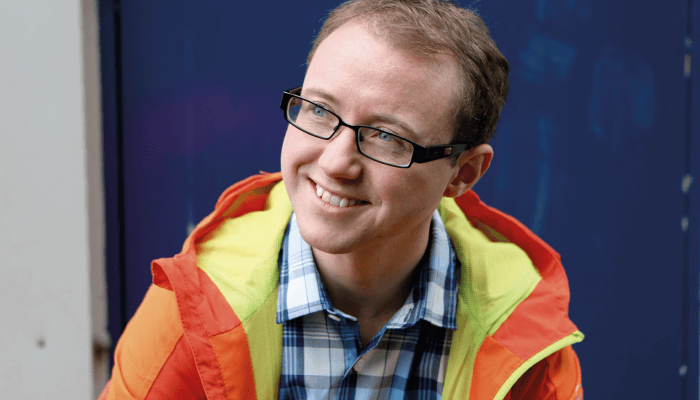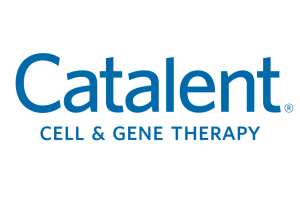Stephanie Sutton, Editor of The Medicine Maker and “a curator” on The COVID-19 Curator
At the start of 2020, I was naïve about what COVID-19 really meant. This isn’t the first time I’ve written about a pandemic. Back in 2005/2006, there were fears about H5N1 and significant media attention, but the pandemic (thankfully) never materialized.
And then in 2009 came swine flu. I remember reporting on the deaths and cases in a weekly newsletter that I was responsible for at the time. The numbers were high, but the situation never felt out of control. A bottle of communal hand sanitizer appeared in the office – but most people didn’t use it.
When COVID-19 began to appear in headlines, I wrongly assumed it was another flu we’d weather through. I even reassured family and friends, explaining that it was highly unlikely to be as terrifying as the media was hyping it up as. I was completely wrong. Even people directly involved in the pharma industry did not appreciate the severity of COVID-19 in January. One anonymous individual I spoke with explained that someone had mentioned COVID-19 at a briefing in January – not because they felt it was dangerous, but just as a “point of interest”.

For me, the biggest shock was how quickly the situation escalated. At the start of March, I attended a fitting for my wedding dress – frankly without a care in the world. A few days later, Italy went into lockdown. Two weeks later, the UK followed suit.
Fortunately, scientific progress has been staggering – despite the aforementioned concerns, controversies, and questions. It is incredible to think that we already have results from three highly promising vaccine candidates – and even approval in the UK. But given that vaccine development typically takes many years, it’s understandable that many people both inside and outside of the industry may experience vaccine hesitancy. Vaccine take up needs to be high to stall COVID-19 – so the industry has a responsibility to reassure everyone that speed has not compromised safety or quality standards. Right now, the only information we have about the frontrunning vaccines has come from company press releases. I look forward to seeing the data more fully out in the open so that it can be discussed at large by the scientific community.
Rich Whitworth, Content Director of Texere Publishing and “a curator” on The COVID-19 Curator
What a strange year it has been.
Just as Baz Luhrmann warned us in 1999’s ever-popular spoken-word song, Everybody's Free (To Wear Sunscreen):
“The real troubles in your life
Are apt to be things that never crossed your worried mind…”
SARS-CoV-19 – or rather its devastating direct and indirect effects – certainly never crossed my worried mind in 2019 (despite subconsciously knowing that the risk was always there; if SARS and MERS weren’t warning shots across the bow, I don’t know what were). Yes, I was blindsided, Baz.
Welcoming my daughter into the world in the year 2020 (hello, Mirajane!) has not been easy. Explaining to my three-year-old son (hello, Gray!) why he could not see “Grandma Buttons” or play with friends has not been easy. But, of course, I fully recognize the triviality of such personal struggles when viewed in full COVID-19 context. At the same time, I think it is important to remember that – COVID-19 or not – certain populations around the world are in a continual battle against deadly (though sometimes preventable or curable) diseases. Perspective can be a powerful tool.
Being part of the team behind The COVID-19 Curator has not only kept me abreast of the breakthroughs, the big questions, and the failures (all important) – it has also kept me sane. I’ve marveled at the speed of science and how it collides with clumsy politics. I would have been amused by the regular “ping pong” (as Steph like to call it) had it not been over such serious matters. And I’ve been utterly impressed by the seemingly unending sense of collective determination. When one well of hope ran dry, researchers in industry and academia had dug three more.
It’s hard to talk about silver linings when faced with such a high and increasing death toll. But I welcome the growing understanding that we need adequate resources (funding) to tackle global problems. I also welcome the broadening acceptance that any solutions to this global problem must be accessible to all.
As 2020 draws to a close with positive news of vaccines with (almost unbelievably!) high efficacy – for many a light at the end of a very long, dark, and unsettling tunnel, I look forward to an even slightly more normal 2021.

Michael Schubert, Editor of The Pathologist and “The Curator” of The COVID-19 Curator
In the spring of 2020, I was engaged in online science outreach (somewhat presciently, as it turned out!). I hosted regular science chats with school-aged children, fielding questions on
everything from “how can a spider bite give you superpowers?” to “how can we cure cancer?”
As March rolled on, though, the questions changed. “What is the pandemic?” “Do we have a cure for the coronavirus?” “Can people die from the coronavirus?” Tough questions to answer for any crowd – let alone schoolchildren.
And the answers to those questions changed, too. Initially, there was a lot of reassurance. The phrase “like a bad cold or a flu” made frequent appearances. Unfortunately, for nearly 1.5 million people, COVID-19 was far worse than any cold or flu they had ever encountered. And that’s just the death toll; our ability to track and count those who suffer long-term consequences lags far behind.
This is the “new normal” – a world in which we stay indoors, wear masks when we venture beyond our thresholds, wash and sanitize our hands every time we touch something unfamiliar, and anxiously track reports on vaccine candidates.
Will a vaccine change the world? Undoubtedly. Will we return to our “old normal?” Only time will tell – but the tremendous efforts of scientific, medical, and pharmaceutical professionals globally have not gone unnoticed. As results and regulatory approvals roll in, we’ll slowly see the world to come take shape – but it can only happen with appropriate oversight, open conversation, and a culture of shared scientific success.

The technology transfer for BrainStorm's NurOwn® autologous cell therapy at Catalent’s facility has been finalized. NurOwn will be manufactured at Catalent’s world-class 32,000 square-foot cell therapy manufacturing facility in Houston.





